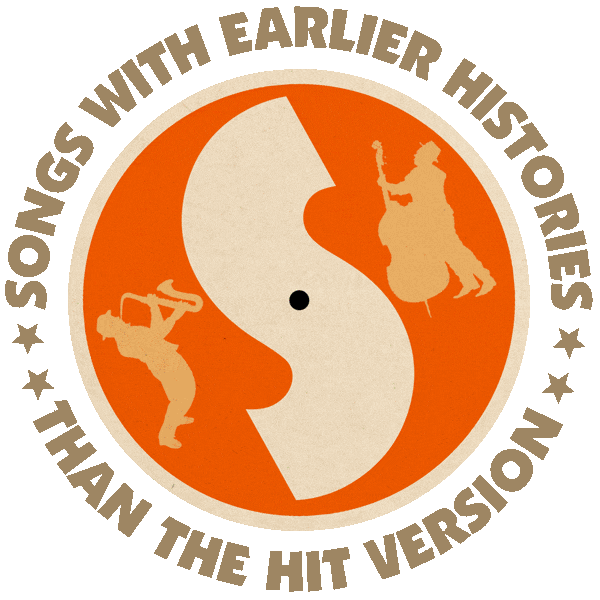First recorded by Manfred Mann (USA #124 1965).
Other hit version by Love (US #52 1966).
From the wiki: “In the wake of the British Invasion, Burt Bacharach (‘Message to Michael‘, ‘Reach Out for Me‘, ‘What the World Needs Now is Love’) began working hands-on with British beat groups of the era such as Manfred Mann.
“‘My Little Red Book’ was composed by Bacharach with lyrics by his songwriting partner, Hal David, as part of the film score for the 1965 film What’s New Pussycat?, and recorded by the group Manfred Mann. Keyboardist Mann recalls having great difficultly playing the deceivingly simple but frustrating piano part written by Bacharach (a notorious perfectionist) which led to Bacharach actually becoming the (uncredited) pianist on the final recording.

